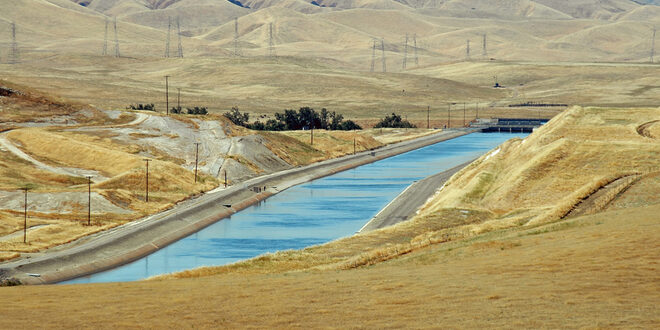The Bureau of Reclamation announced this week that Central Valley Project water users can expect a 35 percent water supply allocation for 2023.
“While we are cautiously optimistic, we are also cognizant of the uncertainties that exist and the fluctuating nature of California’s climate with the possibility that dry conditions will return,” said Reclamation Regional Director Ernest Conant. “We received a much-needed dose of rain and snow in December and January that helped boost the water levels at our CVP reservoirs. The projected runoff from the snowmelt later this year will further benefit the state as we head into the summer months. However, we are all too aware of the precarious nature of recent weather patterns and must proceed prudently as we move through the water year—especially with below average storage in the state’s largest reservoir, Shasta.”
This year’s initial allocations reflect the improved hydrologic conditions caused by the winter storms that left the Sierra Nevada snowpack at well above normal conditions. However, not all river basins were equally improved, highlighting the need that late winter and early spring rain and snow are still needed. Adequate water elevations in Shasta Reservoir are crucial to ensuring deliveries to agricultural contractors and wildlife refuges. It also ensures enough cold water exists for spawning salmon later in the year.
“This year’s initial allocation demonstrates the critical and urgent need to invest in water storage and conveyance infrastructure,” said Jose Gutierrez, interim general manager at Westlands Water District in a statement. “California must do a better job capturing water during wet periods, like those we experienced at the end of December and beginning of January. Modernizing our decades old federal and state storage and conveyance systems and improving local and regional infrastructure are important steps.”
Currently, reservoir storages in Trinity and Shasta reservoirs are below the historic average for this time of year and runoff forecasts indicate that overall storage for these reservoirs may be limited if substantial spring precipitation does not materialize. Other CVP reservoirs, such as Folsom and Millerton, are in better shape with above average water storage levels for this time of year.
 California Water News Daily Your Source For Water News in California
California Water News Daily Your Source For Water News in California


